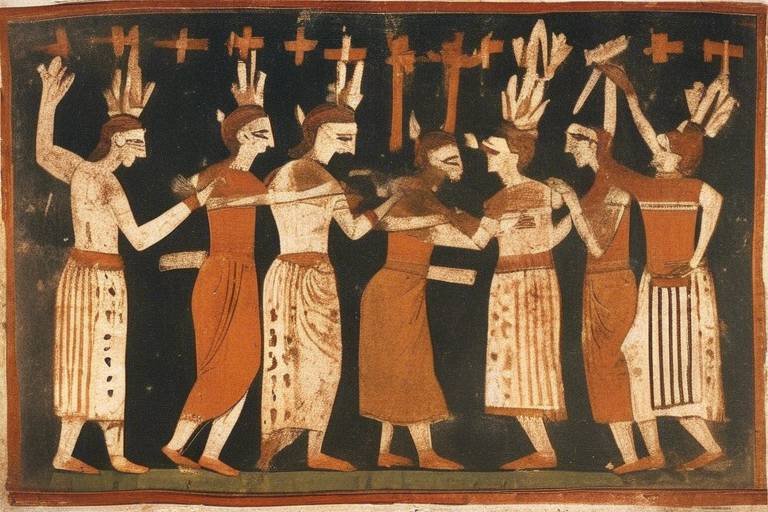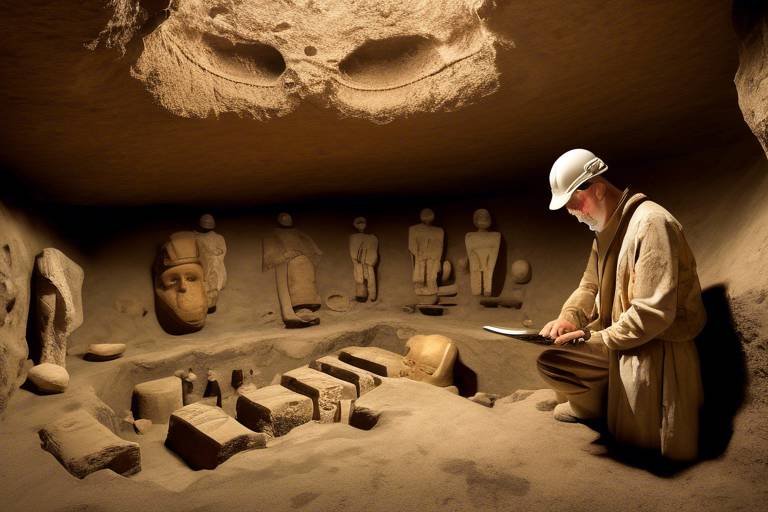Ancient Slavic Beliefs - Gods and Rituals
Delve into the mystical world of ancient Slavic beliefs, where gods and rituals intertwined to form a complex tapestry of spirituality and tradition. The ancient Slavic people held a deep reverence for nature and the supernatural forces that governed their world, shaping their religious practices and daily lives.
Central to Slavic mythology were a pantheon of gods and goddesses, each representing different aspects of life and the natural world. From Perun, the powerful god of thunder and war, to Veles, the enigmatic deity of the underworld and magic, these divine figures played vital roles in the lives of the Slavic people.
As the supreme deity, Perun commanded the forces of thunder and lightning, symbolizing strength and protection. His presence was felt in the rumble of storms and the crack of lightning, instilling both fear and awe in the hearts of his worshippers.
On the other hand, Veles ruled over the underworld, overseeing the realm of the dead and the mysteries of magic. Often depicted as a shape-shifting serpent, Veles embodied the dual nature of creation and destruction, offering both challenges and rewards to those who sought his favor.
Alongside their pantheon of gods, the ancient Slavic people engaged in a variety of rituals and festivals to honor and appease these divine beings. From the vibrant celebrations of Kupala Night, marking the summer solstice with bonfires and water rituals, to the solemn rites of the winter solstice, welcoming the return of the sun and ensuring a prosperous harvest, these rituals formed the backbone of Slavic religious practice.
Through these rituals, the Slavic people sought to forge a connection with the divine, seeking blessings of fertility, protection, and abundance for their communities. The rhythmic drumming, swirling dances, and offerings of food and drink were all ways to express gratitude and reverence for the gods who watched over them.
As the sun set on the ancient Slavic world, leaving behind echoes of forgotten gods and fading traditions, the legacy of their beliefs and rituals lived on in the hearts and minds of those who remembered the old ways. The spirits of Perun, Veles, and the myriad other deities continued to whisper through the winds, reminding us of a time when gods walked among mortals and magic flowed through the land.
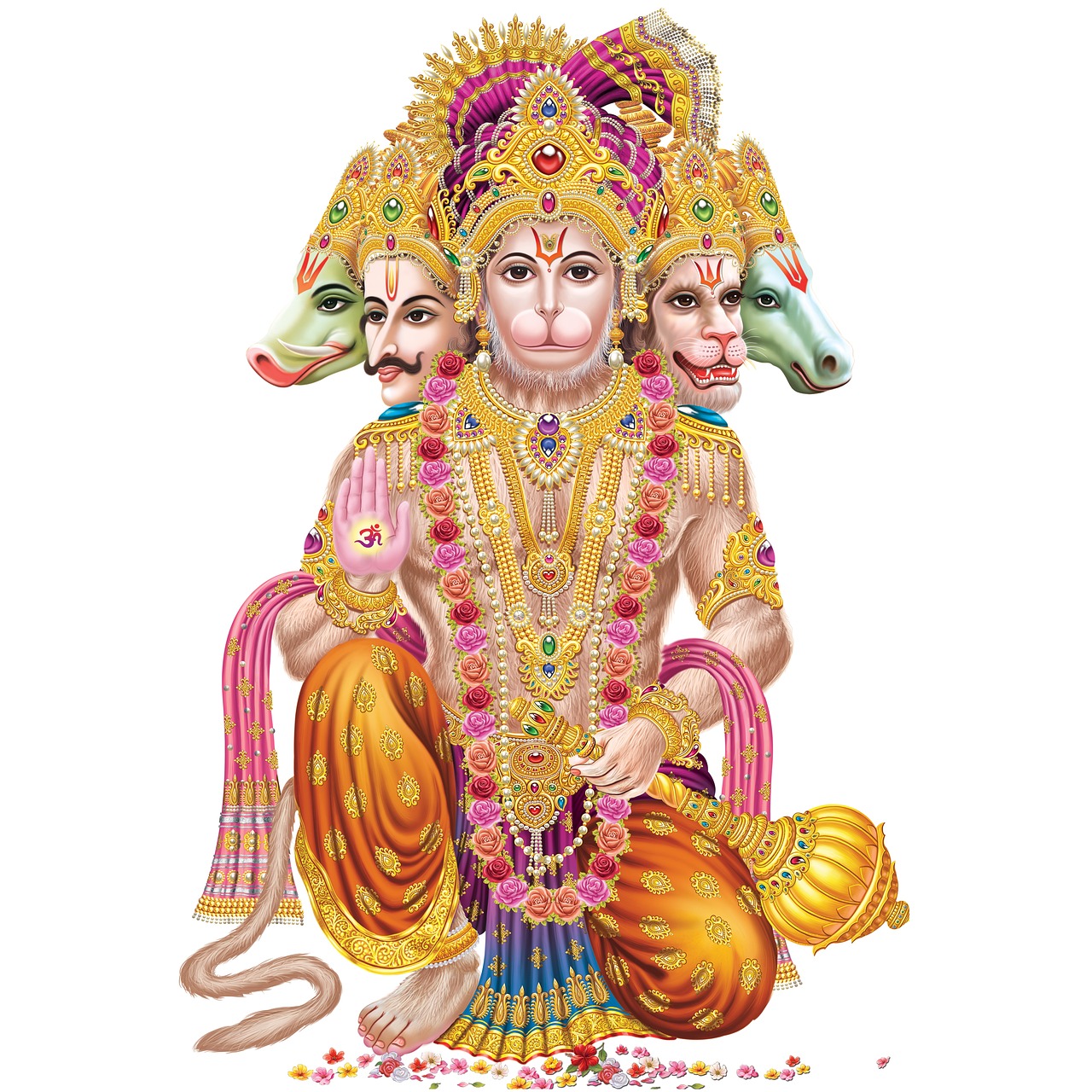
Overview of Slavic Mythology
Exploring the religious beliefs and practices of the ancient Slavic people, including their pantheon of gods and the rituals they performed to honor them.
Slavic mythology is a fascinating tapestry of beliefs that shaped the worldview of the ancient Slavic people. Their mythology is rich with gods, goddesses, and mythical creatures, each playing a significant role in their spiritual practices. These deities were not just figures of worship but also embodiments of natural forces and aspects of human life, reflecting the complexities and nuances of the Slavic culture.
Highlighting the most prominent gods and goddesses in Slavic mythology, such as Perun, Veles, and Mokosh, and their respective domains of influence.
Exploring the role of Perun as the supreme deity in Slavic mythology, associated with thunder, lightning, and war, and revered for his strength and power.
Delving into the mythology surrounding Veles, the god of the underworld, cattle, and magic, who was both a trickster figure and a provider of wealth and abundance.
Examining the various rituals, ceremonies, and festivals practiced by the ancient Slavic people to honor their gods and ensure prosperity and protection.
Exploring the significance of Kupala Night, a traditional Slavic summer solstice festival involving bonfires, water rituals, and the celebration of fertility and love.
Discussing the rituals and customs associated with the Slavic winter solstice celebrations, which were aimed at warding off evil spirits, ensuring a bountiful harvest, and welcoming the return of the sun.
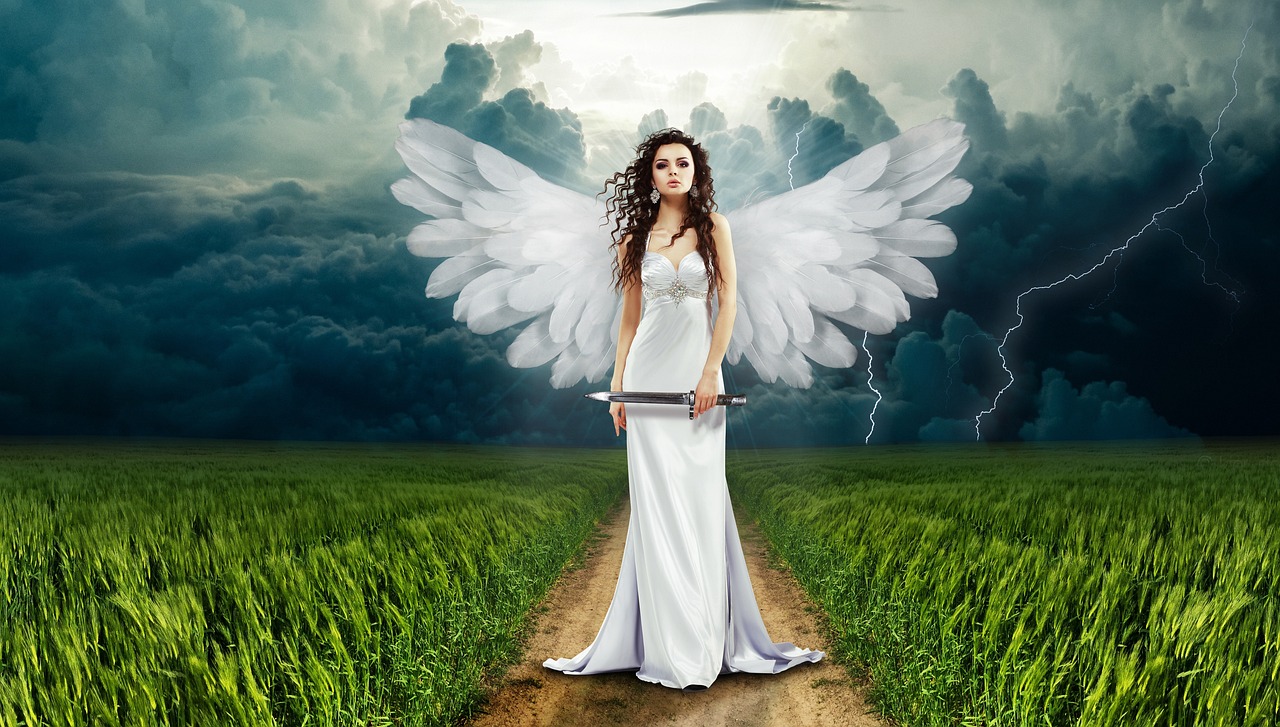
Major Slavic Deities
When delving into the realm of Slavic mythology, one cannot ignore the major deities that held immense significance in the belief system of the ancient Slavic people. These deities were revered and worshipped for their powers and influence over various aspects of life, from thunder and war to the underworld and magic.
One of the most prominent figures in Slavic mythology is Perun, known as the god of thunder and lightning. Often depicted wielding a mighty axe, Perun symbolized strength, power, and protection. As the supreme deity in the pantheon, he was associated with war and the forces of nature, commanding respect and awe from his followers.
Veles, on the other hand, represented a contrasting yet equally important aspect of the Slavic belief system. As the god of the underworld, cattle, and magic, Veles played a dual role as both a trickster figure and a provider of wealth and abundance. He was believed to govern the realms of the dead and was also associated with the earth and fertility.
Another significant deity in Slavic mythology is Mokosh, the goddess of earth and fertility. Revered as a maternal figure, Mokosh was worshipped for her nurturing and protective qualities, ensuring the prosperity of the land and its people. She was often depicted with symbols of abundance and growth, embodying the cycle of life and renewal.
These major Slavic deities, among others, formed a complex and interconnected pantheon that reflected the diverse aspects of the natural world and human experience. Their stories and attributes were woven into the fabric of daily life, guiding rituals, festivals, and beliefs that shaped the spiritual landscape of the ancient Slavic people.
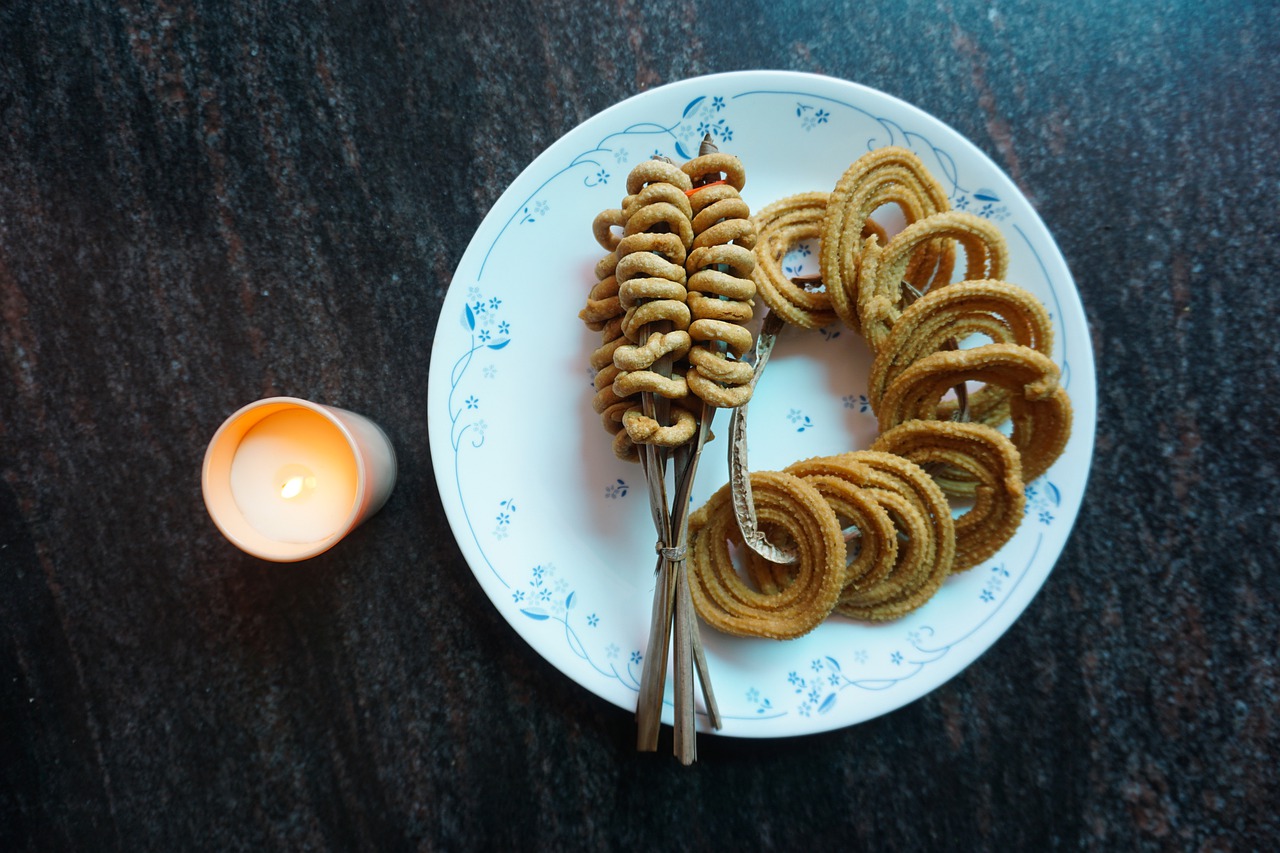
Perun - The God of Thunder
Perun, the mighty God of Thunder in Slavic mythology, held a position of great reverence among the ancient Slavic people. Known for his association with thunder, lightning, and war, Perun was considered the supreme deity, embodying strength, power, and protection. Often depicted wielding a mighty axe or hammer, he symbolized the forces of nature and the unpredictability of the skies.
As the ruler of the skies, Perun's thunderous strikes were believed to be a display of his divine wrath against evil forces and those who dared to challenge his authority. The sound of thunder was seen as his voice, commanding respect and fear among mortals. In times of conflict, warriors would invoke Perun's name, seeking his blessing for victory and protection in battle.
Perun's domain extended beyond just thunder and war; he was also associated with justice and order, ensuring balance in the world. His presence was felt in the rolling of thunderstorms, the crackling of lightning, and the ferocity of storms, reminding the Slavic people of his ever-watchful gaze and influence over their lives.
Devotees of Perun would offer sacrifices and prayers to honor him, seeking his favor and protection in times of need. Rituals involving fire, such as bonfires and torch-lit ceremonies, were common ways to pay homage to the God of Thunder, symbolizing the eternal flame of his power and the warmth of his divine presence.
Perun's mythology intertwined with other deities in the Slavic pantheon, showcasing his complex relationships with gods like Veles and Mokosh. Despite his fierce and formidable nature, Perun was also viewed as a guardian and protector, guiding his followers through the storms of life and offering strength in times of adversity.

Veles - The God of the Underworld
Veles, known as the God of the Underworld in Slavic mythology, holds a complex and multifaceted role in the pantheon of ancient Slavic deities. Often depicted as a serpent or dragon, Veles symbolizes the underworld, magic, and the guardian of hidden treasures. His domain extends beyond the earthly realm, delving into the mysteries of the afterlife and the unseen forces that govern the natural world.
Veles is not merely a dark and malevolent figure; he embodies both the light and shadow aspects of existence. As a trickster god, he challenges the boundaries between good and evil, chaos and order, leading believers on a journey of self-discovery and transformation. Veles is a shapeshifter, capable of assuming different forms to navigate the intricate web of life's complexities.
One of the most intriguing aspects of Veles is his association with cattle and wealth. In Slavic folklore, he is often revered as the protector of herds and the provider of abundance. Farmers and pastoral communities would offer sacrifices to Veles to ensure the prosperity of their livestock and the fertility of the land. This connection to earthly riches underscores Veles' role as a benevolent deity, bestowing blessings upon those who honor him with reverence and offerings.
Furthermore, Veles is closely linked to the concept of magic and mysticism in Slavic culture. As the master of hidden knowledge and arcane arts, he guides seekers on a path of spiritual enlightenment and esoteric wisdom. Shamans and magicians would invoke Veles in their rituals to gain insight into the mysteries of the universe and harness the power of the unseen realms.
In Slavic mythology, Veles represents the cyclical nature of life and death, the eternal dance of creation and destruction. His presence looms large in the collective imagination of the ancient Slavic people, embodying the enigmatic forces that govern the natural world and the human psyche. To honor Veles is to embrace the shadows within oneself and acknowledge the transformative power of darkness in the tapestry of existence.
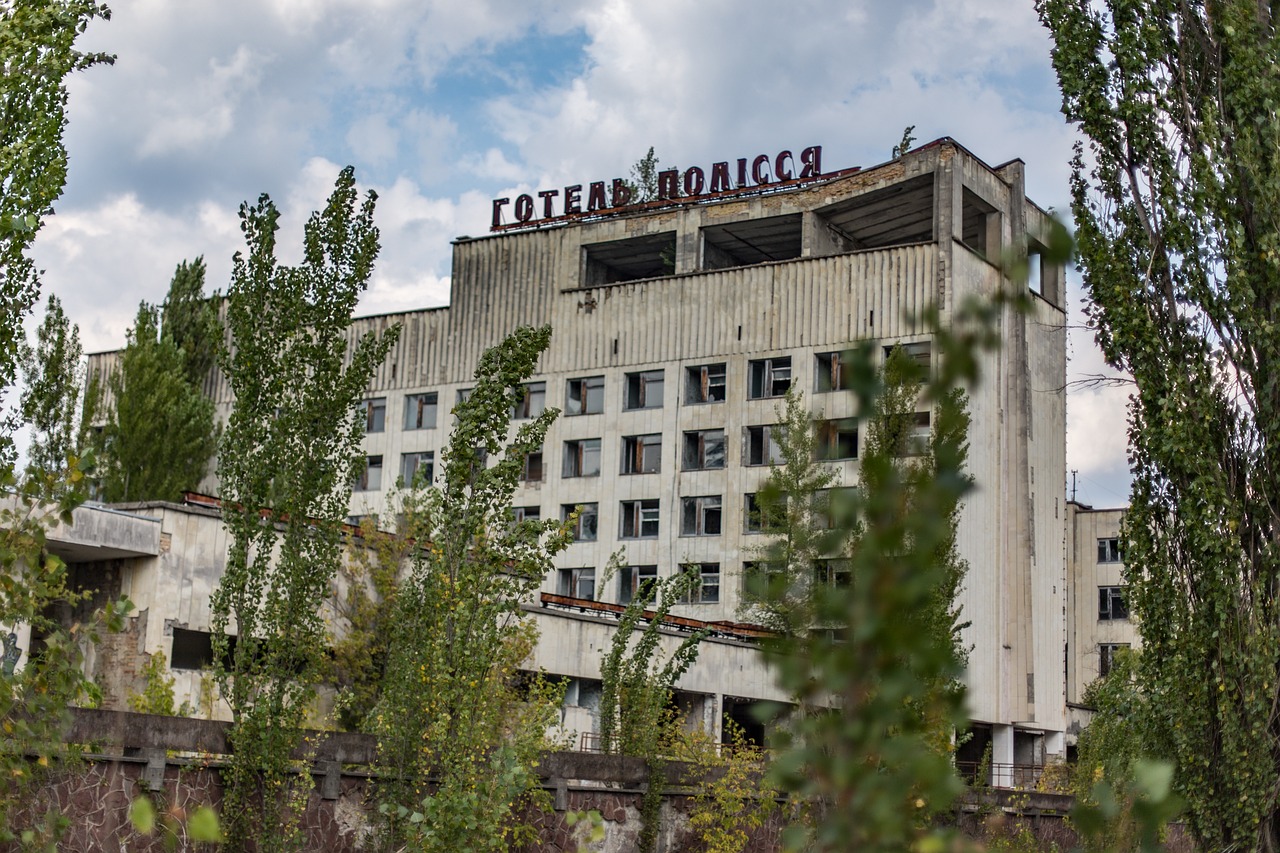
Slavic Rituals and Festivals
Slavic rituals and festivals were integral to the ancient Slavic people's religious practices, serving as a way to connect with their gods and ensure the well-being of their communities. These ceremonies were deeply rooted in nature and the changing of seasons, reflecting the agricultural cycles that sustained their livelihoods. The rituals were not only a means of honoring the deities but also a way to seek protection, prosperity, and fertility for the land and its people.
One of the most significant celebrations in Slavic tradition was Kupala Night, a summer solstice festival filled with symbolism and rituals. During this magical night, bonfires were lit to ward off evil spirits, and people participated in water rituals to cleanse themselves and seek blessings for love and fertility. The celebration of Kupala Night was a vibrant display of community spirit and reverence for nature's abundance.
Similarly, the winter solstice rituals held great importance in the Slavic calendar, marking the longest night of the year and the gradual return of the sun. These ceremonies were focused on banishing darkness and welcoming the light, symbolizing hope, renewal, and the promise of a bountiful harvest in the coming year. People gathered to perform rituals aimed at ensuring the protection of their homes, livestock, and crops during the harsh winter months.
Throughout the year, various festivals and ceremonies were held to honor different deities and seek their favor. The Slavic people believed in the interconnectedness of all living beings and the divine forces that governed the natural world. By participating in these rituals, they sought to maintain harmony with the spirits and ensure the balance of the cosmic order.
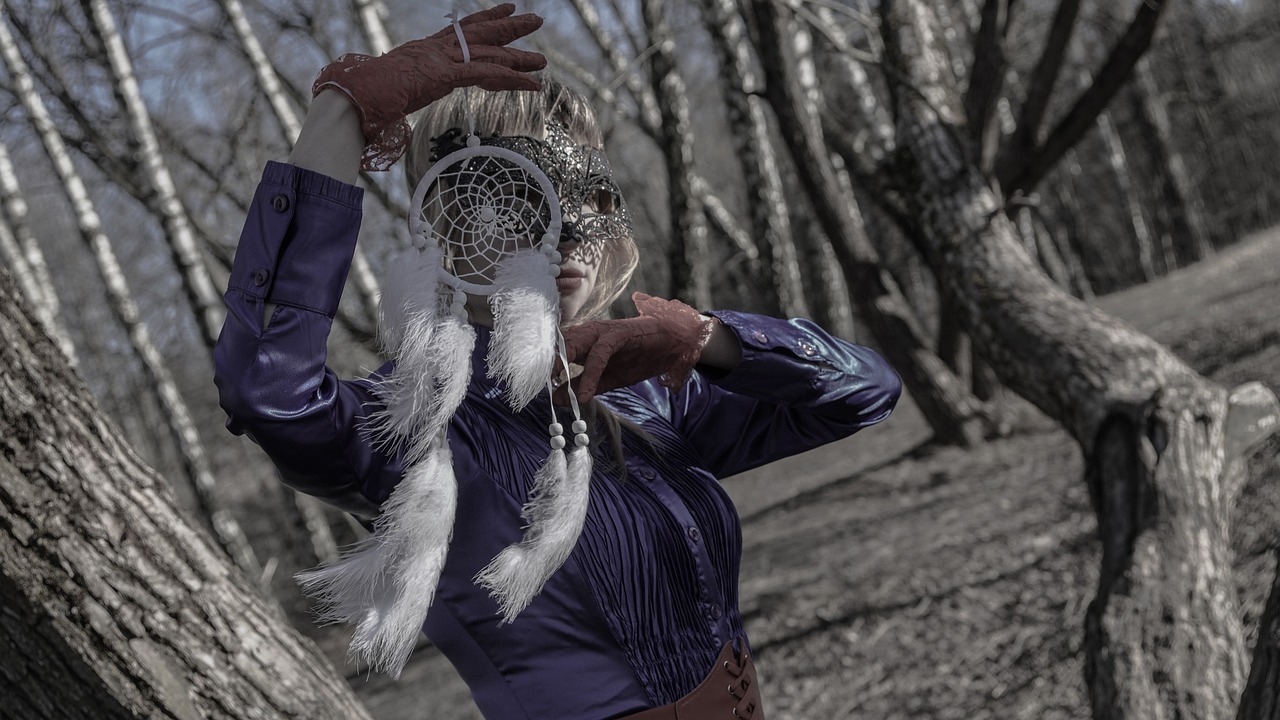
Kupala Night Celebration
The Kupala Night Celebration is a vibrant and ancient festival deeply rooted in Slavic tradition. This midsummer festival, also known as Ivan Kupala Day, is a time of joy and revelry, marking the summer solstice with a tapestry of rituals and customs. At the heart of the celebration are bonfires, symbolizing the power of the sun and serving as a focal point for communal gatherings.
One of the most enchanting aspects of Kupala Night is the water rituals performed by participants. Young men and women jump over bonfires and bodies of water, seeking to purify themselves and demonstrate courage. It is believed that those who successfully leap over the flames or swim across rivers will be blessed with health and protection throughout the coming year.
Flower wreaths play a significant role in the festivities, with maidens weaving intricate garlands and releasing them onto rivers and lakes. The direction in which the wreath floats is said to foretell one's romantic prospects, with the belief that finding a floating wreath may lead to love and happiness.
Throughout the night, songs and dances fill the air, creating a magical atmosphere of unity and celebration. The Kupala Night Celebration is a time of renewal, fertility, and the interconnectedness of nature and humanity. It embodies the essence of Slavic spirituality and the enduring traditions passed down through generations.
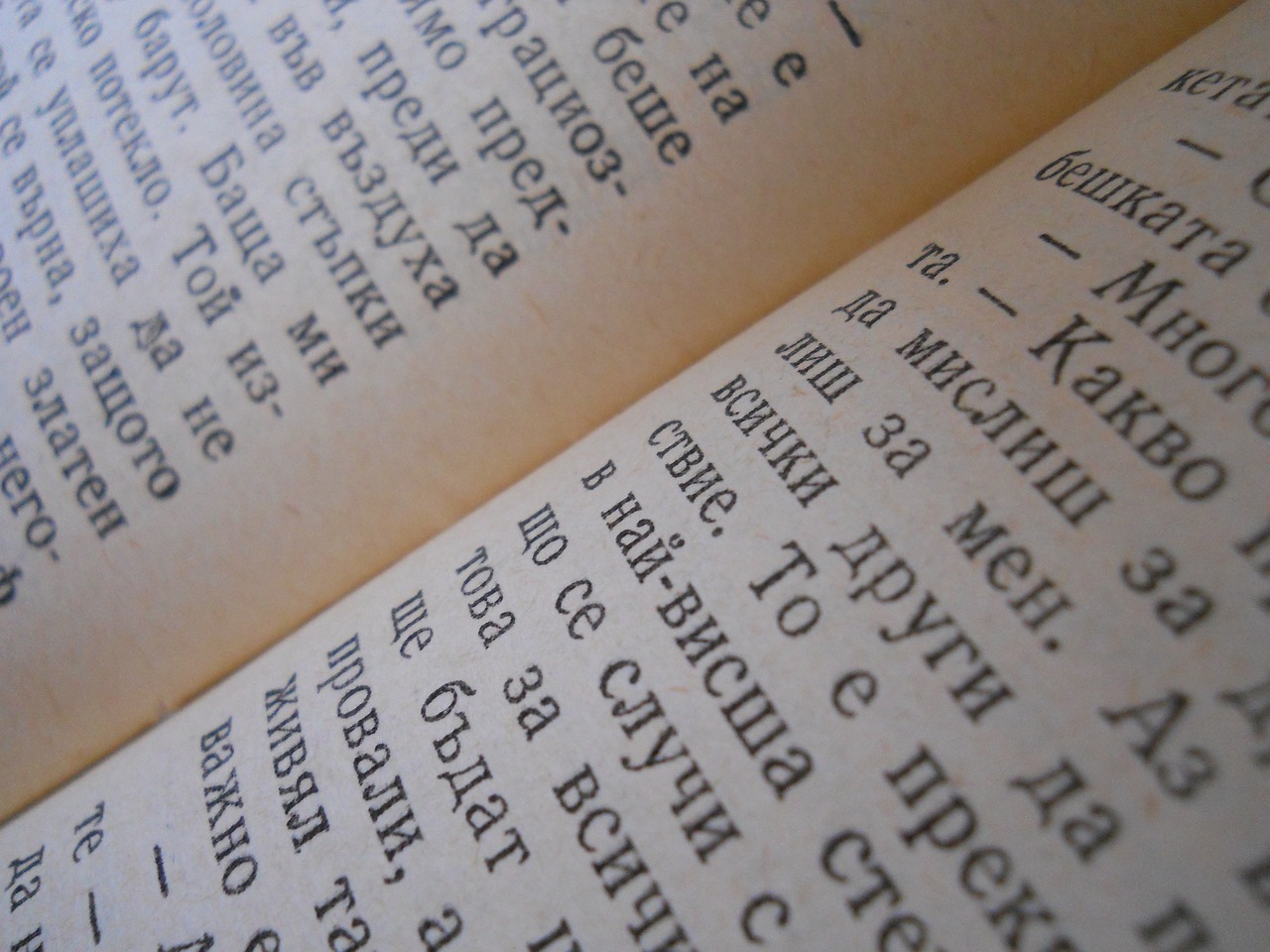
Winter Solstice Rituals
Winter solstice rituals held great importance in ancient Slavic culture, marking a time of transition and renewal as the longest night of the year passed and the days began to lengthen once more. These rituals were deeply rooted in the belief of driving away darkness and welcoming the return of the sun's warmth and light. The Slavic people engaged in various customs and ceremonies during this period to ensure the protection of their communities, the fertility of their lands, and the prosperity of their families.
One of the central themes of winter solstice rituals was the symbolic battle between light and darkness, good and evil. Bonfires were lit to symbolize the triumph of light over darkness, with the flames believed to purify the surroundings and ward off malevolent spirits. People would gather around these fires, singing songs, sharing stories, and offering prayers to their gods for blessings and protection.
Additionally, feasting played a significant role in winter solstice celebrations, with communities coming together to share food, drink, and goodwill. It was a time of abundance and generosity, where the sharing of resources symbolized unity and solidarity among the people. Traditional dishes and beverages were prepared, often using ingredients harvested during the autumn months and preserved for the winter.
Furthermore, the winter solstice was a period of reflection and introspection for the Slavic people. It was a time to honor their ancestors, seek guidance from the spirits of the past, and make resolutions for the coming year. Rituals of divination and prophecy were performed to gain insight into the future, with various methods such as scrying, dream interpretation, and casting of lots used to uncover hidden truths and receive messages from the divine.
The winter solstice rituals of the ancient Slavic people were not only a means of ensuring survival through the harsh winter months but also a way of reaffirming their connection to the natural world and the unseen forces that governed their lives. These traditions were passed down through generations, evolving and adapting to changing circumstances while retaining their core values of community, spirituality, and resilience.
Frequently Asked Questions
- Who were the major deities in Slavic mythology?
In Slavic mythology, some of the major deities included Perun, the god of thunder and war; Veles, the god of the underworld and cattle; and Mokosh, the goddess of fertility and earth.
- What were the main rituals practiced by the ancient Slavic people?
The ancient Slavic people practiced various rituals and festivals to honor their gods, such as Kupala Night celebration during the summer solstice and winter solstice rituals to welcome the return of the sun and ensure a prosperous harvest.
- What was the significance of Kupala Night celebration?
Kupala Night was a traditional Slavic festival held during the summer solstice, involving bonfires, water rituals, and celebrations of fertility and love. It was believed to bring prosperity and protection to the community.
- How did the ancient Slavic people honor their gods?
The ancient Slavic people honored their gods through various rituals, offerings, and ceremonies, seeking blessings for prosperity, protection, and bountiful harvests. These practices were integral to their belief system and cultural identity.


